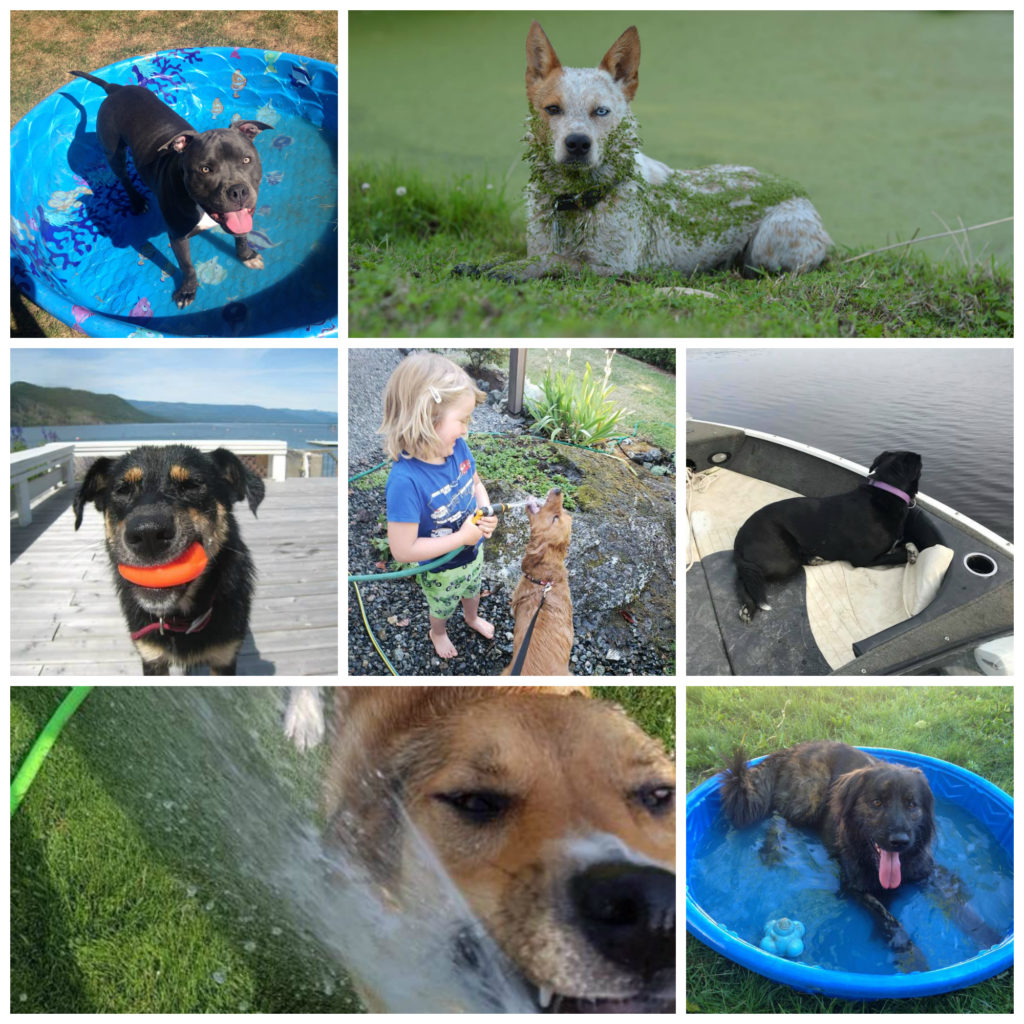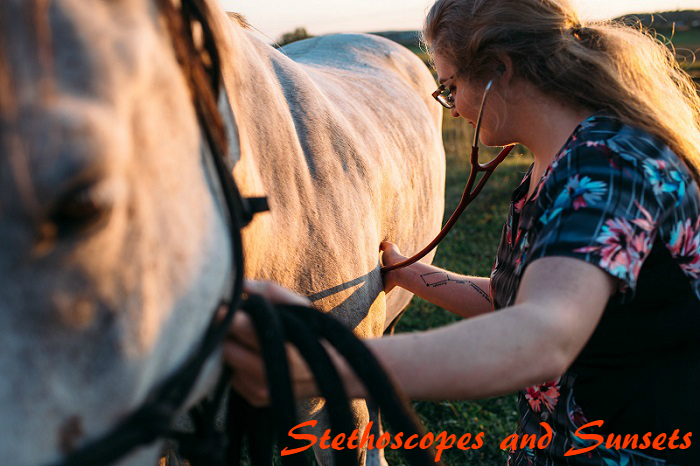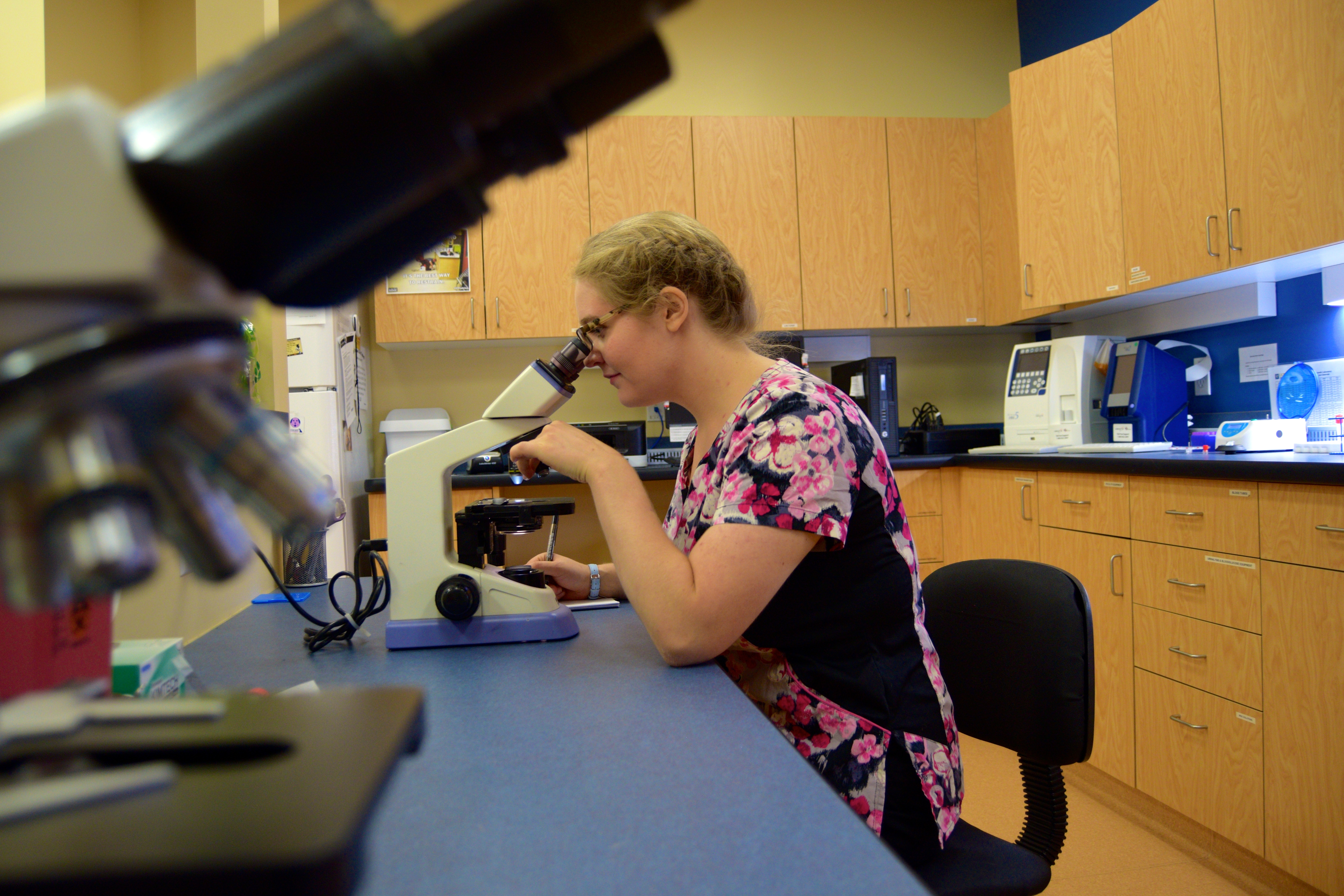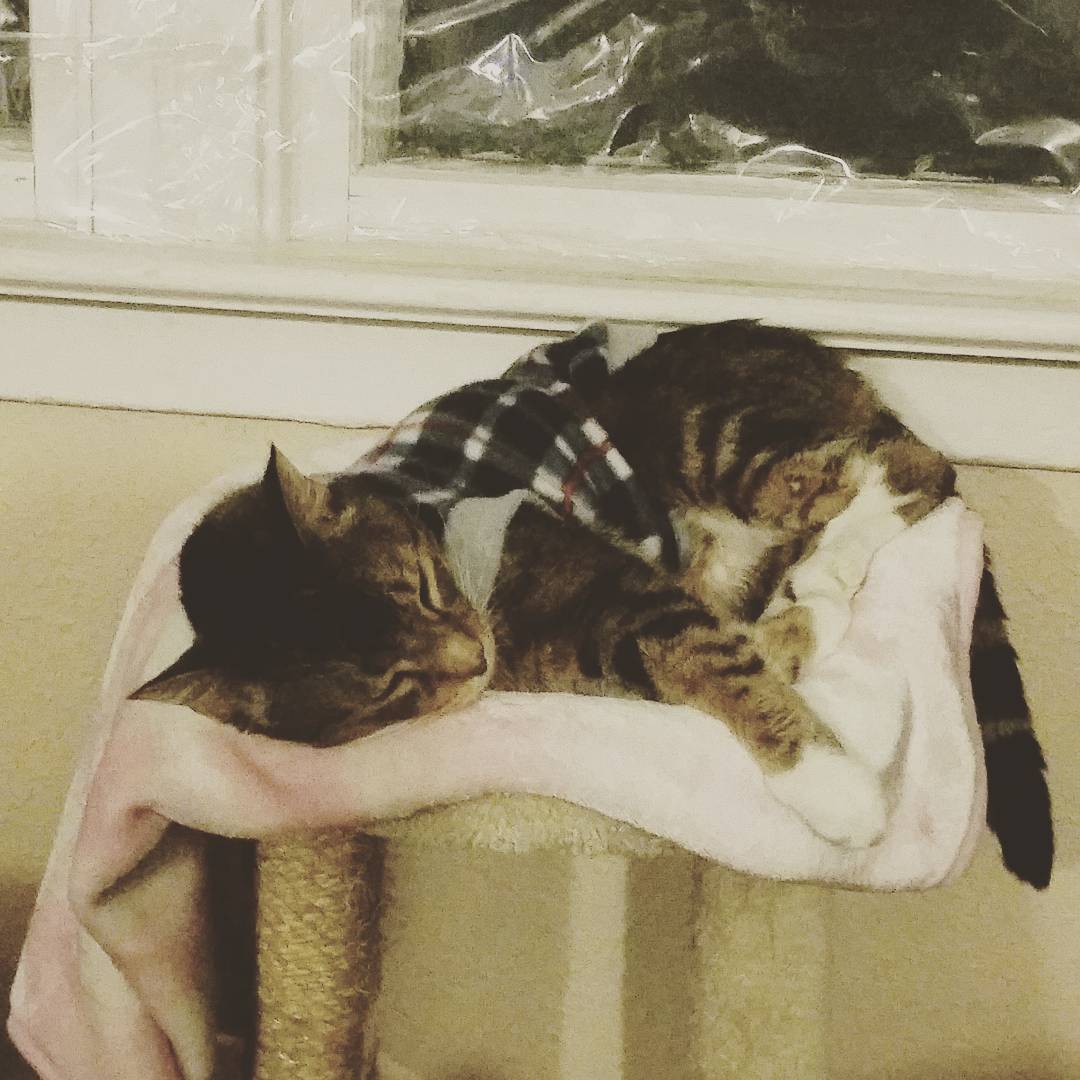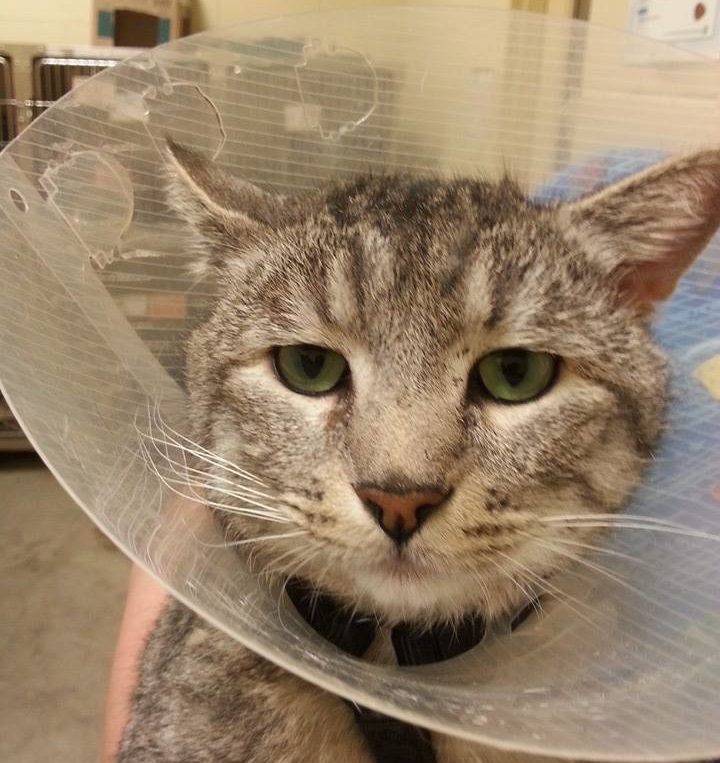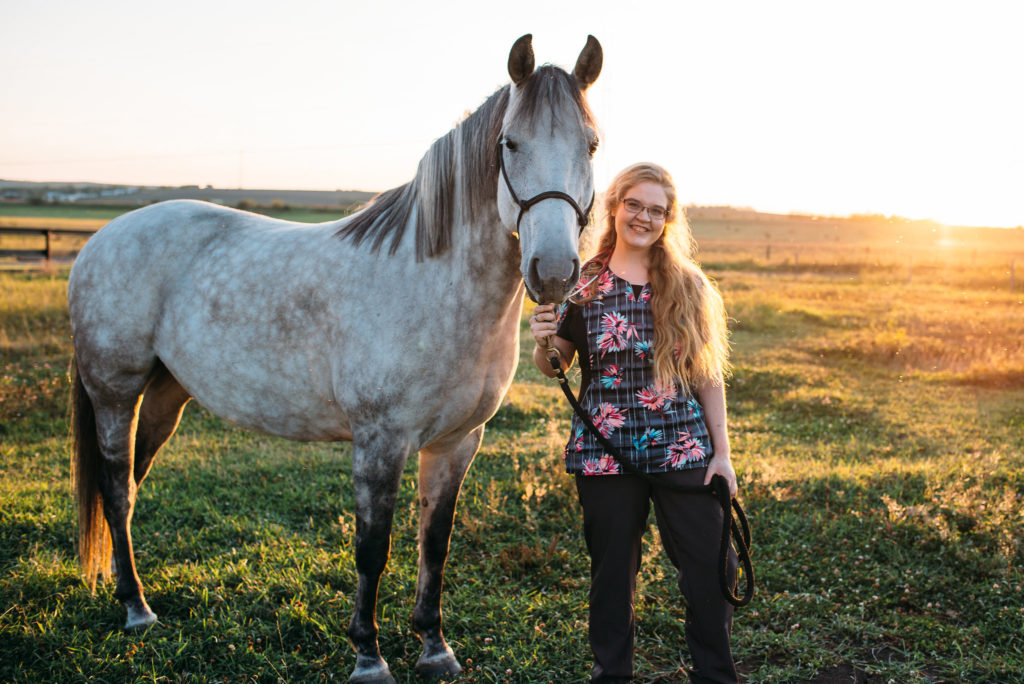
Hello, and welcome to Stethoscopes and Sunsets, a blog focusing on creative nonfiction and essays about life as a veterinary technician and my work with animals both on and off the job. The perspective of a vet tech is a unique one; our job is vital to the running of the hospital and comes with huge responsibility, yet is often overlooked as the clients deal mainly with the veterinarian and all too frequently brush us off as “just the tech.”
I want to change this. I want to shed light on an underappreciated profession and, more than that, I want to offer a new view on life in veterinary medicine. In these days of frequent misinformation and the dreaded Doctor Google, I want to educate and foster the trust between clients and their veterinary teams. I would like to humanize the faces behind the surgical masks, and speak honestly about not just the great joy that comes with animal medicine, but also the great pain. Our profession is a roller coaster, and I’d like to take you along on the ride.
Sunsets and Stethoscopes will update every Wednesday, alternating between educational essays and creative nonfiction about my life in vet med, my experiences volunteering with veterinary charities both in Canada and overseas, and the animals and humans who have touched my life.
So to kick us off…
“What Isn’t A Veterinary Technician” — in which we discuss the myriad ways your vet tech contributes to your pet’s care
